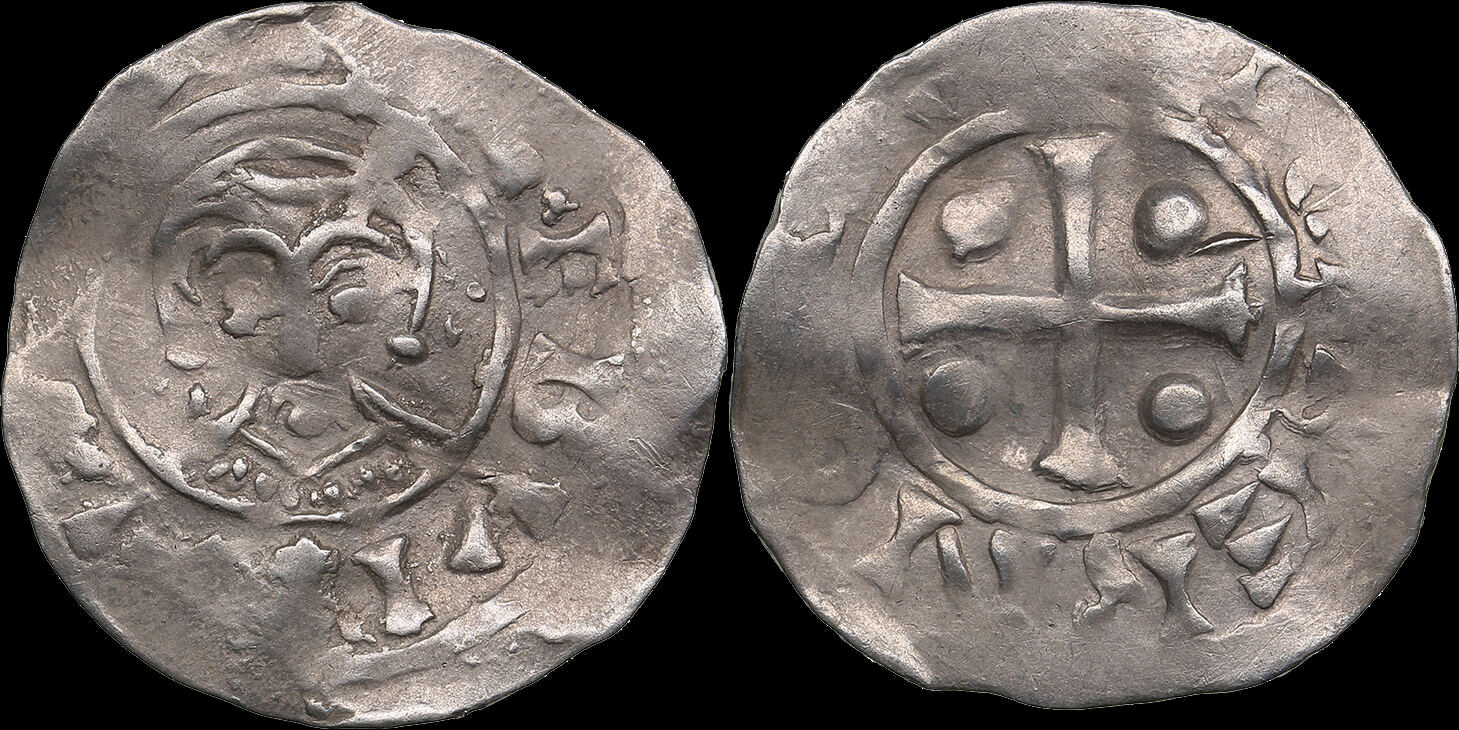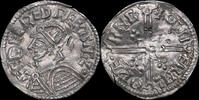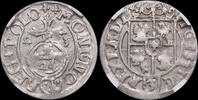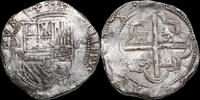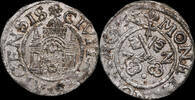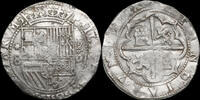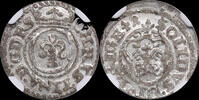MA-ID: 621102090
Customer feedback Numex OÜ
Excellent seller, highly recommended!
Thank You! Nice items for reasonable price, quick shipping! Excellent!!!
Ja, ich bin mit dem gekauften Geldschein vollig zufrieden. Danke.
M.Brindz...
Super Ware! Gerne wieder.
Netherlands / Deventer Denar ND (1027-1054) diocese. Bernold 1027-1054 F
Numex OÜ 

9
On MA-Shops since 9 years
1195 ratings,
100 % Positive (last 24 months)
Worldwide shipping
52.02 £60,00 EUR
Import tax may be added
+ 4.33 £ shipping ( to United Kingdom )
Delivery time: 11 - 14 days
+ 4.33 £ shipping ( to United Kingdom )
| Customer Support +49 (0)2871 2180 383 |
| Payment methods |
| Wire Transfer |
The Deventer Denar of Bishop Bernold (1027-1054): A Glimpse into Medieval Dutch Numismatics
The Deventer Denar, minted during the episcopate of Bishop Bernold from 1027 to 1054, offers a fascinating window into the numismatic practices of the early medieval Netherlands, particularly within the Bishopric of Utrecht. This period was marked by the consolidation of local power under ecclesiastical rule, where bishops not only held spiritual authority but also wielded significant temporal power, including the right to mint coins.
Historical Context:
Bishop Bernold, who served during a time when the Holy Roman Empire was under the reign of Emperor Henry III, was part of a broader trend where bishops played pivotal roles in governance. The minting of coins was not just an economic necessity but also a symbol of authority and legitimacy. Deventer, located in the heart of the Netherlands, was a strategic town for trade and ecclesiastical administration, making it an ideal location for a mint.
The Coin Itself:
The Deventer Denar, often referred to as a "penning" in local terms, was a small silver coin, typical of the period's currency. These coins were not uniform in size or weight due to the hand-struck nature of their production, but they generally weighed around 1.0 to 1.1 grams. The design typically featured a simple obverse with the bishop's head or a cross, and the reverse might include a cross with pellets or other Christian symbols, reflecting the religious authority of the issuer.
Numismatic Significance:
Design and Inscription: The inscriptions on these coins were often in Latin, reflecting the ecclesiastical and scholarly language of the time. They might include the name of the bishop or references to the issuing authority, like "Civitas Deven" for Deventer.
Rarity and Value: Today, these coins are highly valued by collectors not only for their historical significance but also due to their rarity. The Numista rarity index for similar coins from this period suggests a high collector interest, indicating their scarcity and the challenge in obtaining them.
Economic Insight: The denar was part of a broader economic system where coinage facilitated trade across regions. The minting of coins like these was crucial for local economies, providing a standardized medium of exchange in a time when barter was still common.
Cultural Impact:
The Deventer Denar under Bishop Bernold's reign also tells a story of cultural integration and identity. The coinage system helped in unifying economic practices across the bishopric, fostering a sense of community and shared identity among the populace. This period's numismatics reflect not just economic transactions but also the political and religious landscape of the time, where coinage was a tool of both governance and faith.
Conclusion:
The study of the Deventer Denar from Bishop Bernold's era provides numismatists and historians with invaluable insights into medieval Dutch society. These coins are more than mere artifacts; they are tangible links to a past where religion, politics, and economy were intricately interwoven. For collectors and scholars alike, each coin like this denar holds stories of power, trade, and the daily life of people centuries ago, making them not just pieces of silver but windows into history.
The Deventer Denar, minted during the episcopate of Bishop Bernold from 1027 to 1054, offers a fascinating window into the numismatic practices of the early medieval Netherlands, particularly within the Bishopric of Utrecht. This period was marked by the consolidation of local power under ecclesiastical rule, where bishops not only held spiritual authority but also wielded significant temporal power, including the right to mint coins.
Historical Context:
Bishop Bernold, who served during a time when the Holy Roman Empire was under the reign of Emperor Henry III, was part of a broader trend where bishops played pivotal roles in governance. The minting of coins was not just an economic necessity but also a symbol of authority and legitimacy. Deventer, located in the heart of the Netherlands, was a strategic town for trade and ecclesiastical administration, making it an ideal location for a mint.
The Coin Itself:
The Deventer Denar, often referred to as a "penning" in local terms, was a small silver coin, typical of the period's currency. These coins were not uniform in size or weight due to the hand-struck nature of their production, but they generally weighed around 1.0 to 1.1 grams. The design typically featured a simple obverse with the bishop's head or a cross, and the reverse might include a cross with pellets or other Christian symbols, reflecting the religious authority of the issuer.
Numismatic Significance:
Design and Inscription: The inscriptions on these coins were often in Latin, reflecting the ecclesiastical and scholarly language of the time. They might include the name of the bishop or references to the issuing authority, like "Civitas Deven" for Deventer.
Rarity and Value: Today, these coins are highly valued by collectors not only for their historical significance but also due to their rarity. The Numista rarity index for similar coins from this period suggests a high collector interest, indicating their scarcity and the challenge in obtaining them.
Economic Insight: The denar was part of a broader economic system where coinage facilitated trade across regions. The minting of coins like these was crucial for local economies, providing a standardized medium of exchange in a time when barter was still common.
Cultural Impact:
The Deventer Denar under Bishop Bernold's reign also tells a story of cultural integration and identity. The coinage system helped in unifying economic practices across the bishopric, fostering a sense of community and shared identity among the populace. This period's numismatics reflect not just economic transactions but also the political and religious landscape of the time, where coinage was a tool of both governance and faith.
Conclusion:
The study of the Deventer Denar from Bishop Bernold's era provides numismatists and historians with invaluable insights into medieval Dutch society. These coins are more than mere artifacts; they are tangible links to a past where religion, politics, and economy were intricately interwoven. For collectors and scholars alike, each coin like this denar holds stories of power, trade, and the daily life of people centuries ago, making them not just pieces of silver but windows into history.
Info / FAQ
| Shipping fees | ||||
|---|---|---|---|---|
| 0.87 £ to 43.35 £ | 43.35 £ to 173.39 £ | 173.39 £ to 433.48 £ | over 433.48 £ | |
| China | 10.40 £ | n/a | n/a | n/a |
| Germany | 4.33 £ | 4.33 £ | 4.33 £ | 13.00 £ |
| Estonia | 4.33 £ | 4.33 £ | 4.33 £ | 10.40 £ |
| United Kingdom | 4.33 £ | 4.33 £ | 4.33 £ | 21.67 £ |
| United States | 4.33 £ | 4.33 £ | 4.33 £ | 34.68 £ |
| European Union | 4.33 £ | 4.33 £ | 4.33 £ | 21.67 £ |
| World | 10.40 £ | 13.00 £ | 86.70 £ | 86.70 £ |
Information
Online orders are welcome as always and will be shipped directly.
|
Seller Home | 0Shopping cart | Terms of sale | Contact | MA Terms of sale | Privacy policy | Warranty | MA-Shops New Items Copyright ® 2001-2025, MA-SHOPS Coins All Rights Reserved. Designated trademarks and brands are the property of their respective owners. |
 Buy coins with warranty
Buy coins with warranty



